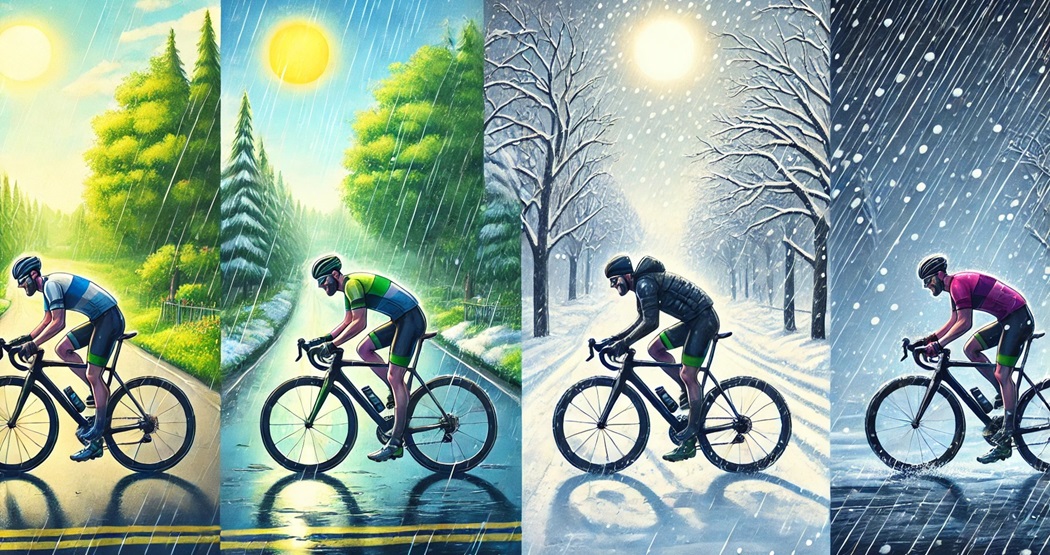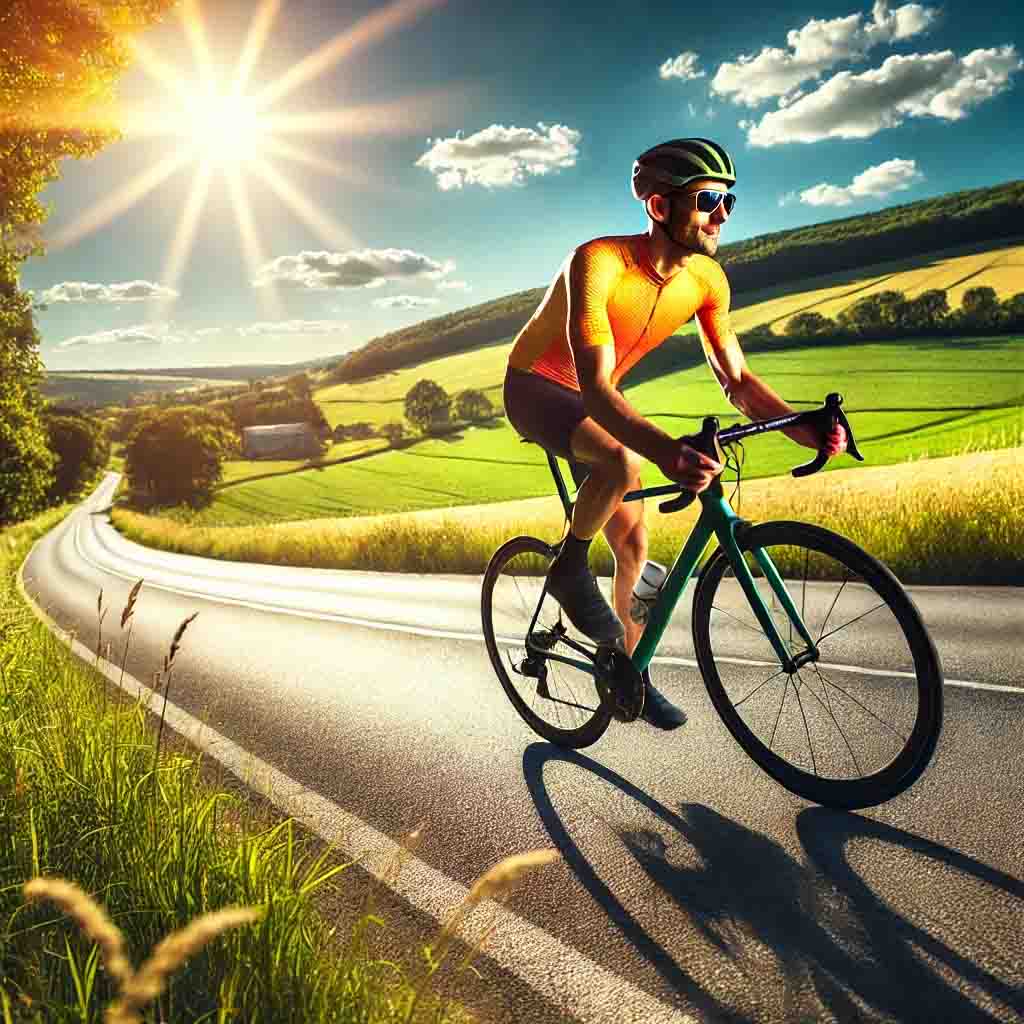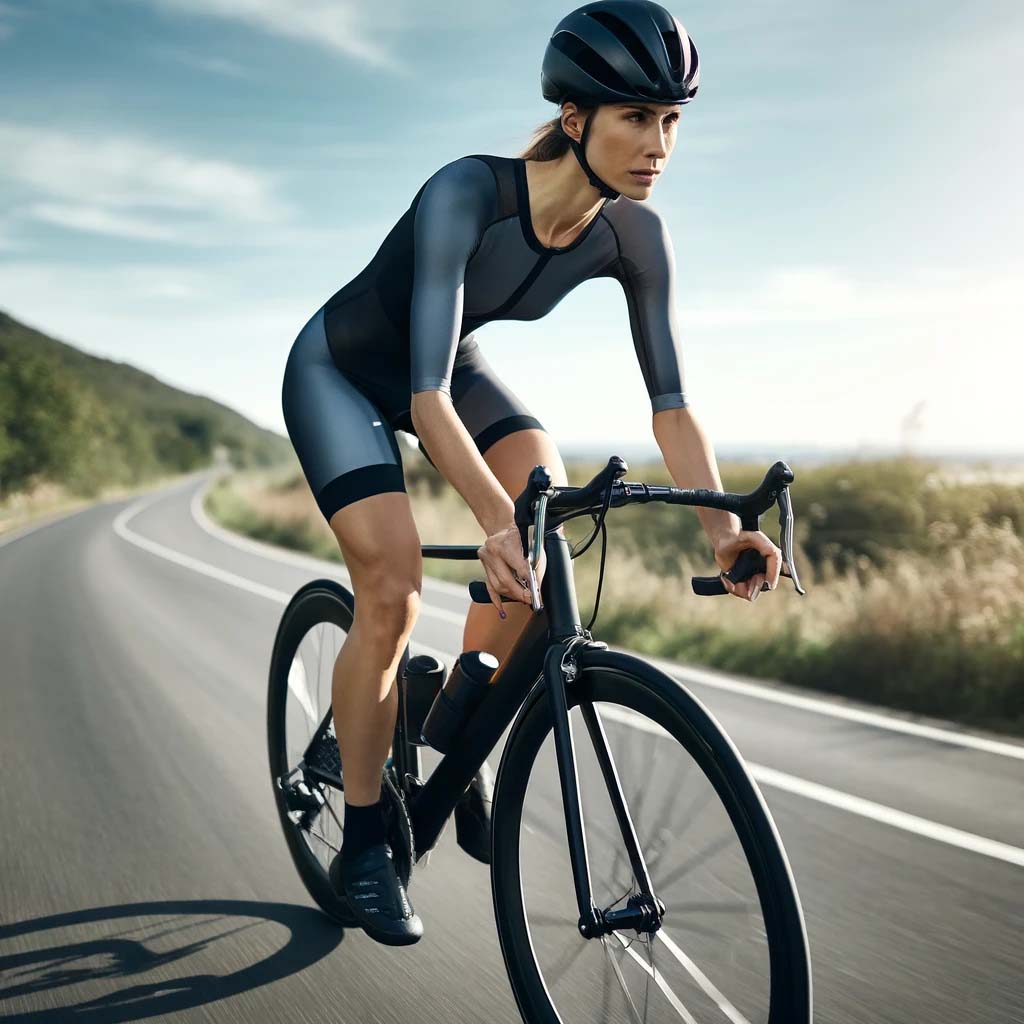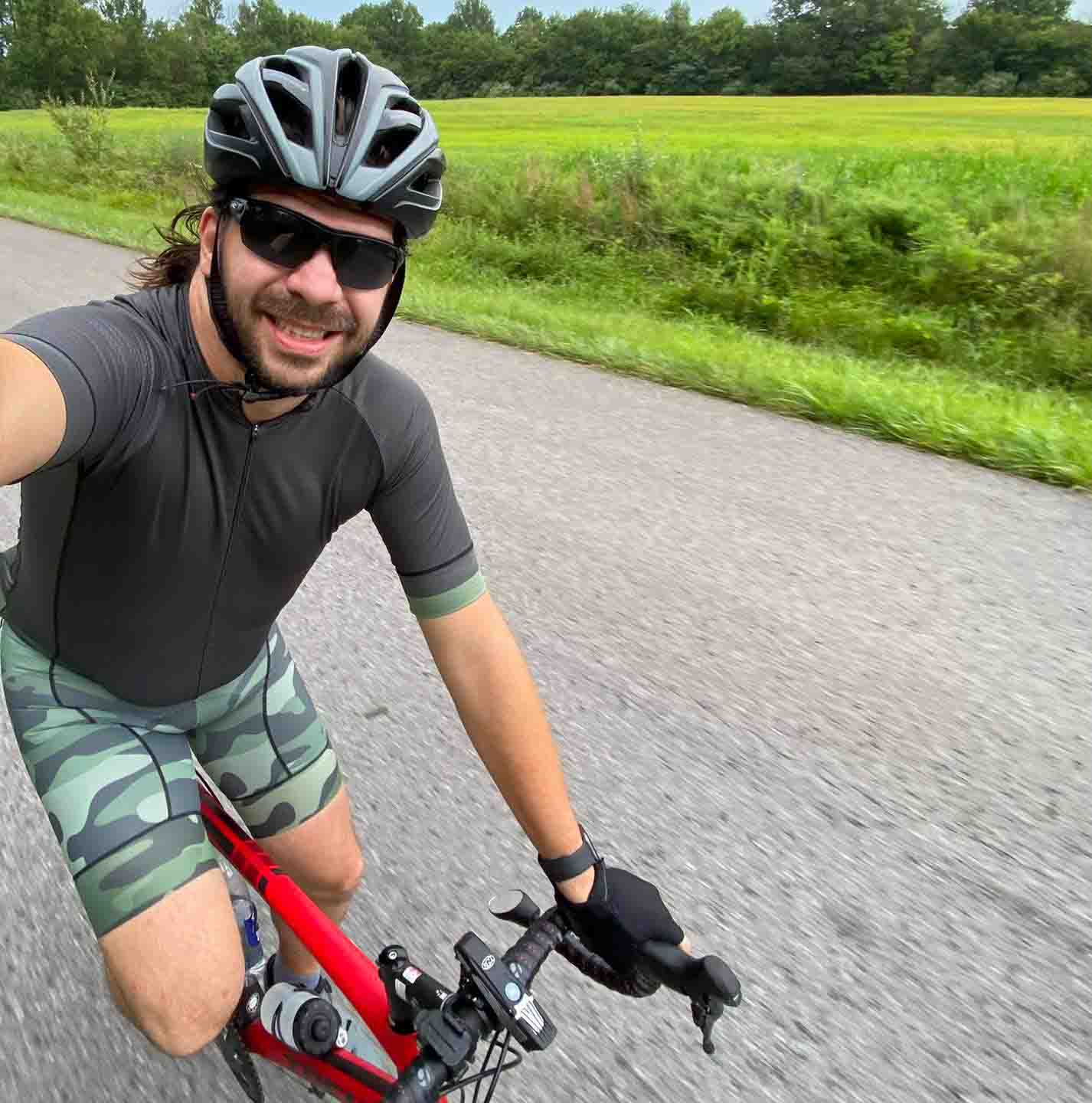Cycling in Different Weather Conditions: Tips for Beginners
You can easily go cycling in different weather conditions as long as you prepare for it.
It’s important to adjust your bike for different weather conditions. For instance, in hot weather, you might want to lower your tire pressure for better traction, while in cold weather, you might want to increase it for more stability. If you only bike when it’s warm outside and not when it’s cold, you’ll likely lose everything you worked up to during the warmer months. Trust me. That’s what I used to do. Every summer was a nightmare trying to get good at cycling again.
Then, I started planning and preparing to endure uncomfortable weather conditions while cycling. It was a challenge, but I overcame it, and now I’m not struggling to get better with each warmer weather season. You too can conquer these challenges and feel the sense of accomplishment that comes with it.
In this guide, I’ll show you how to enjoy cycling in different weather conditions without worry so that you can keep building your strength and cycling skills throughout the entire year instead of just a couple of months. I’ll also provide safety tips to ensure your comfort and well-being.
Cycling in Hot Weather
The first topic of cycling in different weather conditions is cycling in hot weather, such as the summer and abnormally hot conditions.
The most important factor to consider is hydration. You need to stay hydrated to be safe while riding your bike in hotter temperatures. Depending on the temperature, you should drink every 15 to 30 minutes.
It’s a good idea to carry multiple water bottles and electrolytes and create routes near sources where you can refill your hydration.
Take advantage of summer cycling apparel. Cycling shorts or bib shorts are best, along with a short-sleeve jersey. Some apparel companies are even designing kits specific to hot-weather riding.
Make sure you use sun protection, including sunblock, sunglasses, and UV-resistant cycling apparel, and reapply sunblock as you sweat it off.
Consider the different times of the day when cycling in different weather conditions, such as heat and humidity. Choose to ride early in the morning or late in the evening, as these times are typically cooler than the rest of the day.
Choose shaded routes when cycling in the heat of the day to help keep you cool and out of the direct sunlight.
Cycling in Cold Weather
Cycling in different weather conditions often means cycling in cold weather, and you have to be really careful with that.
Try to master the art of layering. Layering allows you to add extra clothing if you’re cold but also remove clothing when you’re getting too warm. If you get too warm and start to sweat, your sweat can freeze and cause problems.
Try to choose layering materials that are both thermal but also moisture, such as Merino Wool.
Layer with cold-weather cycling apparel. Wear your bib shorts with thermal leggings over them, and use arm and leg warmers if needed. Make sure that you wear apparel that will keep you warm on the bike.
Make sure you protect your face, ears, and head, which is something many cyclists forget about.
Consider doing a pre-warmup before you go cycling in colder weather. Do some low-impact exercises like indoor cardio, stretching, and weight training. This will help warm you up and allow you to recover faster when biking in cold weather.
On colder days when getting outside can be life-threatening, please consider indoor cycling activities instead or go spin at the gym.
Cycling in Rainy Weather
Cycling in different weather conditions definitely includes cycling in the rain, which we will all do at some point.
Get waterproof gear. This means getting a waterproof shell or jacket, depending on the temperature. You might also need a waterproof helmet cover, shoe covers, and even waterproof pants.
Make sure you also waterproof all the stuff you carry with you on the bike and in person so it doesn’t get damaged or waterlogged by the rain.
It’s important to be visible on the bike in the rain. Make sure your apparel is high-visibility and that you use both front and rear lights. The harder it rains, the less visibility you will have on your side.
Make sure the lights you get are as bright as possible, and be sure to run them day and night to remain visible.
When the roads or trails are wet, they will become slick as you try to come to a stop. Aside from emergency situations, try to brake earlier than normal to come to a safe stop. In the event that you need to stop quickly, such as to avoid an acc
Be mindful of the wet pavement. It will be slicker to ride on, and you’ll be more likely to crash on it than you would if it were dry.
Cycling in Windy Weather
Cycling in different weather conditions usually amounts to cycling in the wind, which is something all cyclists face at some point.
It’s ideal to use aerodynamic posturing when cycling in the wind. Keep your head low and your bottom to the back, and try to get as flat as possible. The more aero you are, the easier it will be to ride through windy conditions.
Some cyclists may choose to wear a skinsuit when biking during windier conditions in order to be more aerodynamic.
Drafting can help you beat the wind, too. This is when you ride behind another cyclist and take turns pulling each other. Just be careful since you’ll be doing something that will make you more prone to getting into an accident with another rider.
Always prioritize safety when riding in the wind, especially if you will be sharing the road with motor vehicles. By following safety measures, you can feel secure and enjoy your ride even in windy conditions.
Make it a habit to practice riding tactics in windy conditions. Try to lean slightly into gusts to prevent falling over. Just remember to balance yourself out as quickly as possible when the gust is over.
Try to focus on maintaining balance when riding in the wind. Doing so will be the best way to avoid an accident.
Cycling in Snow and Ice
Sometimes, cycling in different weather conditions might mean riding in snow and ice. While it’s not recommended, with the right preparation and caution, it’s possible. This guide will help you prepare for such conditions, making you feel more confident and prepared.
Consider your tires when riding on snow and ice. Skinny tires on snow and ice will be very sketchy and likely increase your chances of wrecking. Consider knobby tires, larger mountain bikes, or snow/sand-specific tires when riding in these conditions.
Be sure to keep a close eye on tire pressure, as cold weather tends to cause tires and tubes to lose more air than any other cycling condition.
It’s ideal to reduce speed when cycling in icy or snowy conditions. It will usually take you longer to stop if on slick surfaces. However, you also want to keep in mind that other riders and vehicle drivers will likely take longer to stop.
Try not to take turns too sharply, or you’ll likely skid and wreck your bike.
Because of salt and grime created by wintry weather conditions and removal practices, you’ll want to wash your bike regularly. It’s best to wash it after each use. If you fail to wash it properly, your bike frame and components are more susceptible to rusting and breaking down.
Be sure to keep your chain lubricated; it will also take a beating during colder precipitation and conditions.
Final Thoughts About Cycling in Different Weather
Cycling in different weather conditions is so possible that almost all of us will do it at some point. The article above shows you how to do it in various weather conditions. Now, it’s up to you to take this knowledge and use it on your own.
Please share this article with others if you find it helpful. You can also give me a one-time donation for providing it for free.
Consider joining my online cycling forum, Bike Southern Illinois, if you want to.
About Shawn Gossman
Shawn Gossman is the author of this post and founder of the Beginner Cycling Tips Blog.
Shawn has been an avid cyclist for around 12 years. He road, gravel, mountain, and trail bikes. He likes adventuring more than racing.





